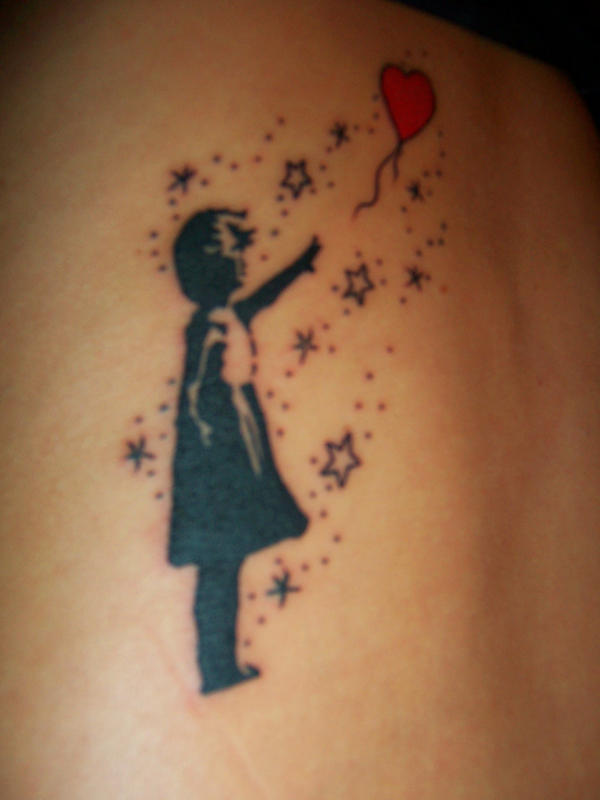On the Illusion of Impermanence : The Wooden Overcoat
And now. . .
The Wooden Overcoat, by Rick Barot
 |
| via Pinterest |
It turns out there’s a
difference between a detail
and an image. If the
dandelion on the sidewalk is
mere detail, the dandelion
inked on a friend’s bicep
is an image because it moves
when her body does,
even when a shirt covers the
little thorny black sun
on a thin stalk. The same way
that the bar code
on the back of another
friend’s neck is just a detail,
until you hear that the row of
numbers underneath
are the numbers his
grandfather got on his arm
in a camp in Poland. Then it’s
an image, something
activated in the reader’s
senses beyond mere fact.
I know the difference doesn’t
matter, except in poetry,
where a coffin is just another
coffin until someone
at a funeral calls it a
wooden overcoat, an image
so heavy and warm at the same
time that you forget
it’s about death. At my
uncle’s funeral, the coffin
was so beautiful it was like
the chandelier lighting
the room where treaties are
signed. It made me think
of how loved he was. It made
me think of Shoshone
funerals, where everything the
dead person owned
was put into a bonfire, even
the horse. In that last
sentence, is the horse a
detail or an image? I don’t
really know. In my mind, a
horse is never anywhere
near a fire, and a detail is
as luminous as an image.
The trumpet vine on the
sagging fence. The clothes
in the fire. And each tattoo
that I touch on your back:
the three-part illustration of
how to use chopsticks,
the four-leaf clover, the
clock face stopped at 12:05.
National Poetry Month #28




Comments
Post a Comment